Creating a Safe Nursery Environment: A Guide for New Parents
Welcome to the wonderful world of parenthood! As you prepare to welcome your little bundle of joy into your home, one of the most important tasks is creating a safe and secure nursery environment. A safe nursery not only provides a peaceful space for your baby to sleep and play, but it also gives you peace of mind knowing that your little one is protected from potential hazards. In this blog post, we will guide you through the essential steps to create a safe nursery for your baby.
1. Choose the right location
When selecting the location for your nursery, consider a room that is close to your bedroom. This makes it easier for you to attend to your baby’s needs during the night. Ensure that the room has proper ventilation and natural light, as these are crucial for your baby’s health and well-being.
2. Create a crib sanctuary
The crib is the centerpiece of any nursery. When choosing a crib, look for one that meets the latest safety standards. Ensure that the slats are no more than 2 3/8 inches apart to prevent your baby from getting stuck. Remove any soft bedding, pillows, or stuffed animals from the crib, as they pose a suffocation risk. Use a firm mattress that fits snugly into the crib and always place your baby on their back to sleep to reduce the risk of Sudden Infant Death Syndrome (SIDS).
3. Baby-proof the nursery
As your baby grows, they will become more curious and mobile. It’s important to baby-proof the nursery to prevent accidents. Cover electrical outlets with outlet covers, secure furniture to the wall to prevent tipping, and install window guards or window stops to prevent falls. Keep small objects, cords, and choking hazards out of reach. Use cordless blinds or keep cords out of reach and secure them with cord cleats.
4. Maintain a clutter-free space
A clutter-free nursery not only looks visually appealing but also reduces the risk of accidents. Keep the floor clear of toys, cords, and other objects that your baby could trip over. Use cord organizers to keep cords neatly tucked away and out of reach. Organize baby essentials, such as diapers, wipes, and creams, in easily accessible storage containers.
5. Ensure proper lighting
Lighting plays an essential role in creating a safe nursery environment. Install a dimmer switch or use blackout curtains to control the amount of light during nap times. Use nightlights with a soft, warm glow to provide comfort during nighttime feedings or diaper changes. Avoid using bright, harsh lights that can disrupt your baby’s sleep patterns.
6. Monitor the temperature
Maintaining the right temperature in the nursery is crucial for your baby’s comfort and safety. Keep the room temperature between 68 and 72 degrees Fahrenheit (20 to 22 degrees Celsius). Use a reliable thermometer to monitor the temperature and adjust accordingly. Dress your baby in appropriate clothing for the room temperature to prevent overheating or chilling.
7. Install a reliable baby monitor
A baby monitor is an invaluable tool that allows you to keep an eye and ear on your baby from another room. Choose a baby monitor with video and audio capabilities, ensuring a clear and secure connection. Place the monitor at a safe distance from the crib, away from the reach of your baby. Always follow the manufacturer’s instructions for installation and use.
8. Regularly inspect and maintain the nursery
Regular inspections and maintenance of the nursery are vital to ensure a safe environment for your baby. Check the crib regularly for loose or broken parts, and tighten any loose screws or bolts. Inspect the electrical outlets, cords, and other baby-proofing measures to ensure they are still secure. Replace any damaged or worn-out items promptly.
Conclusion
Creating a safe nursery environment is an essential step in preparing for your baby’s arrival. By following these guidelines, you can ensure that your nursery is a haven of safety and comfort for your little one. Remember, safety is an ongoing process, so regularly reassess and update your nursery as your baby grows and develops.
Now, take a deep breath, relax, and get ready to embark on this incredible journey of parenthood!


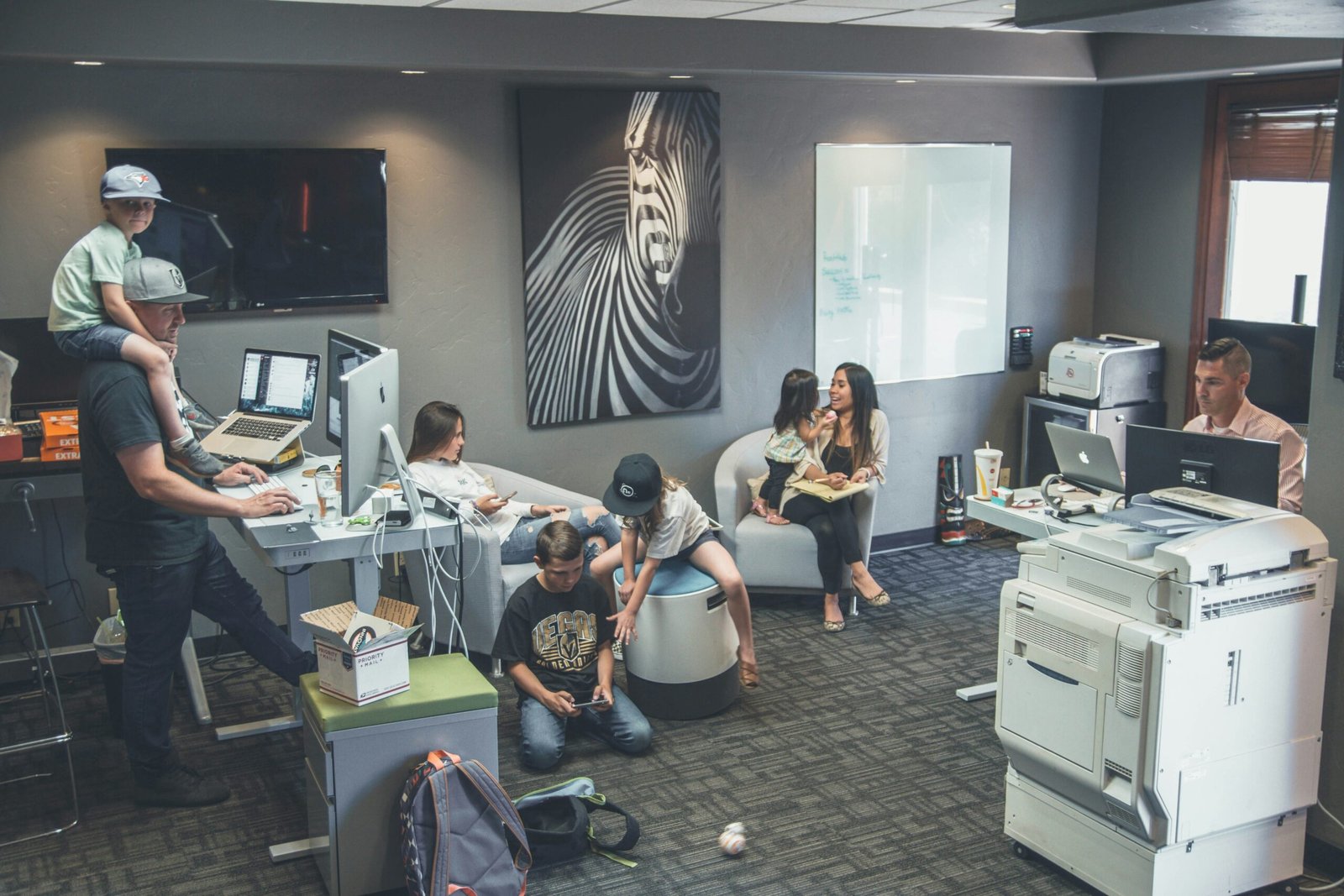
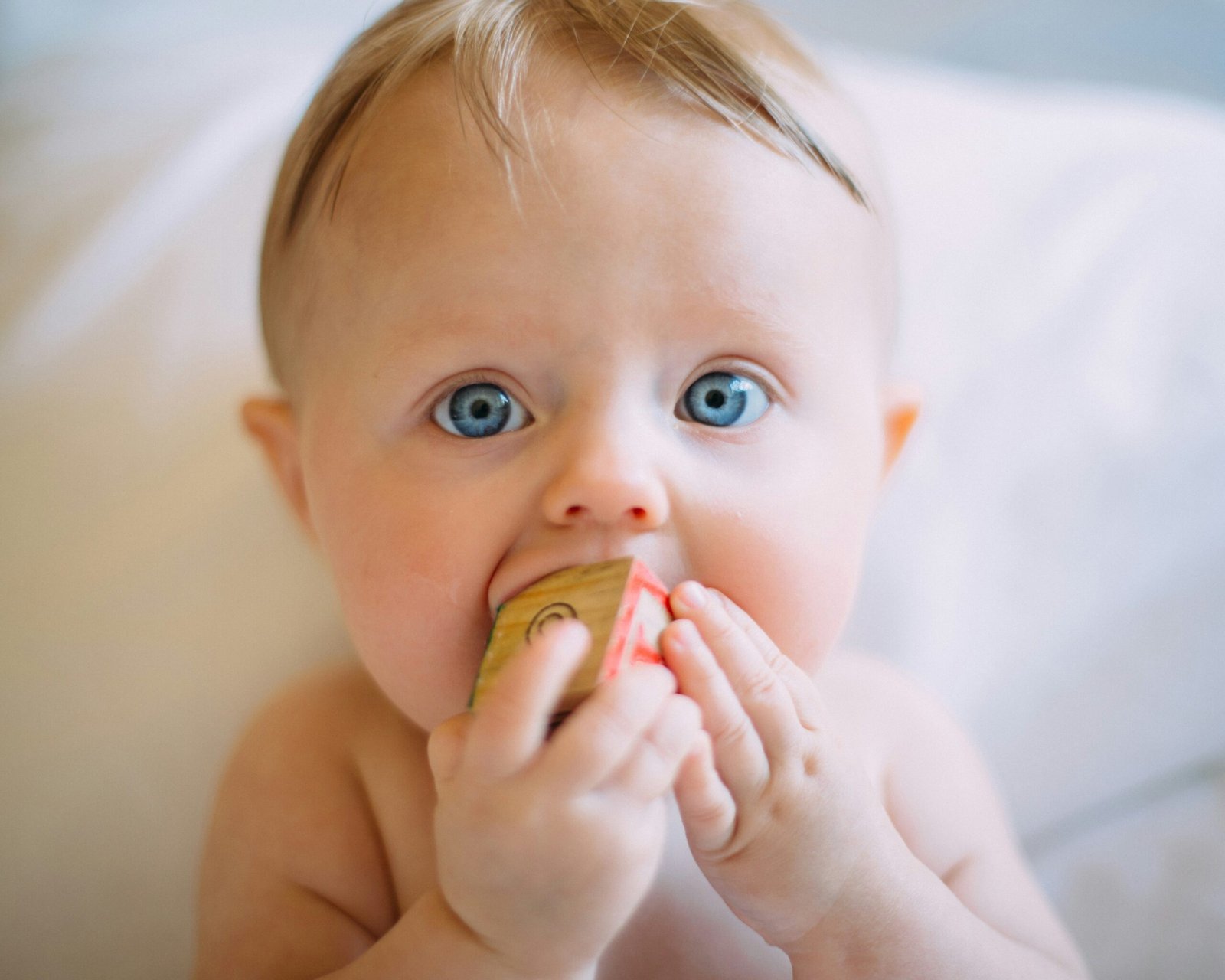






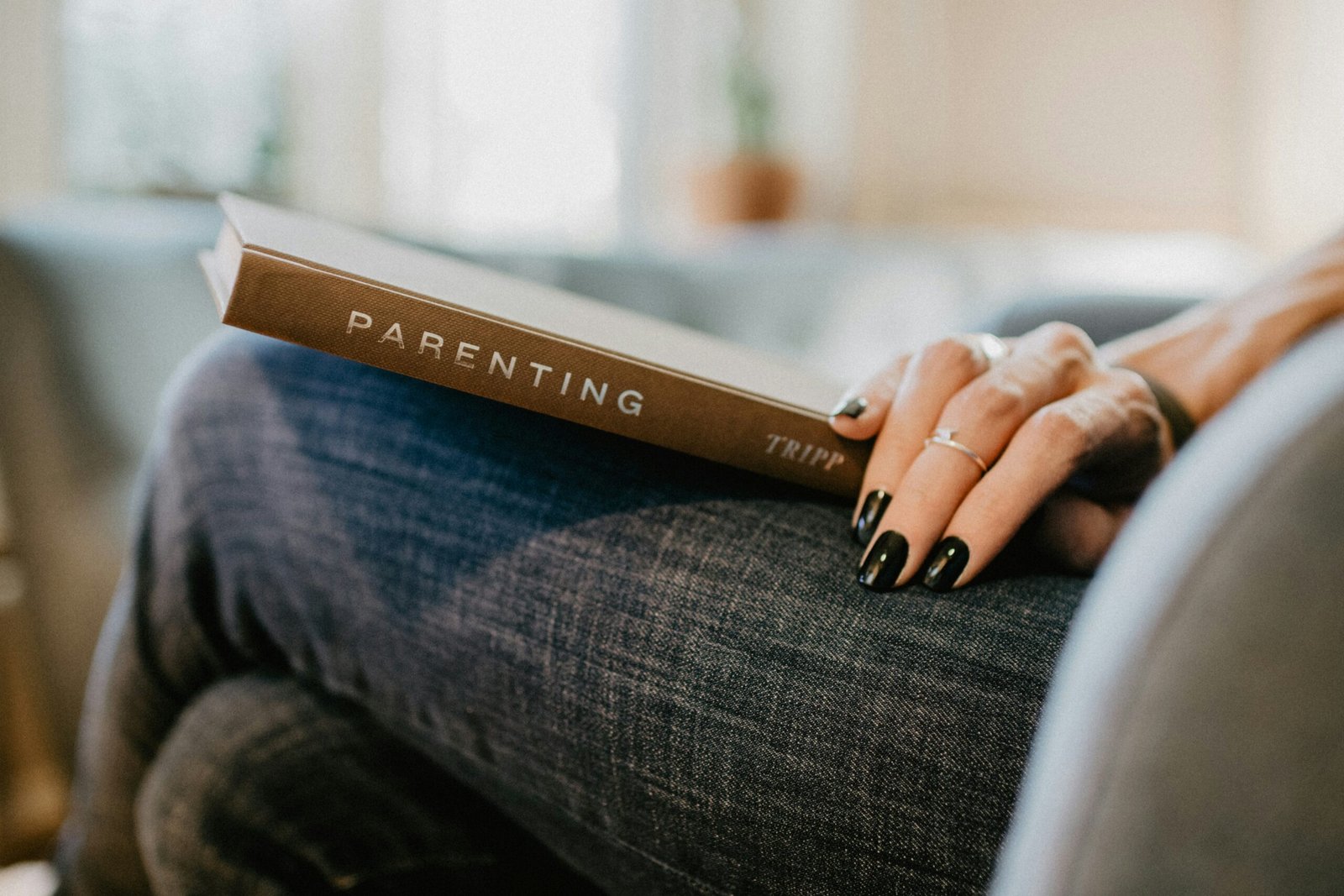
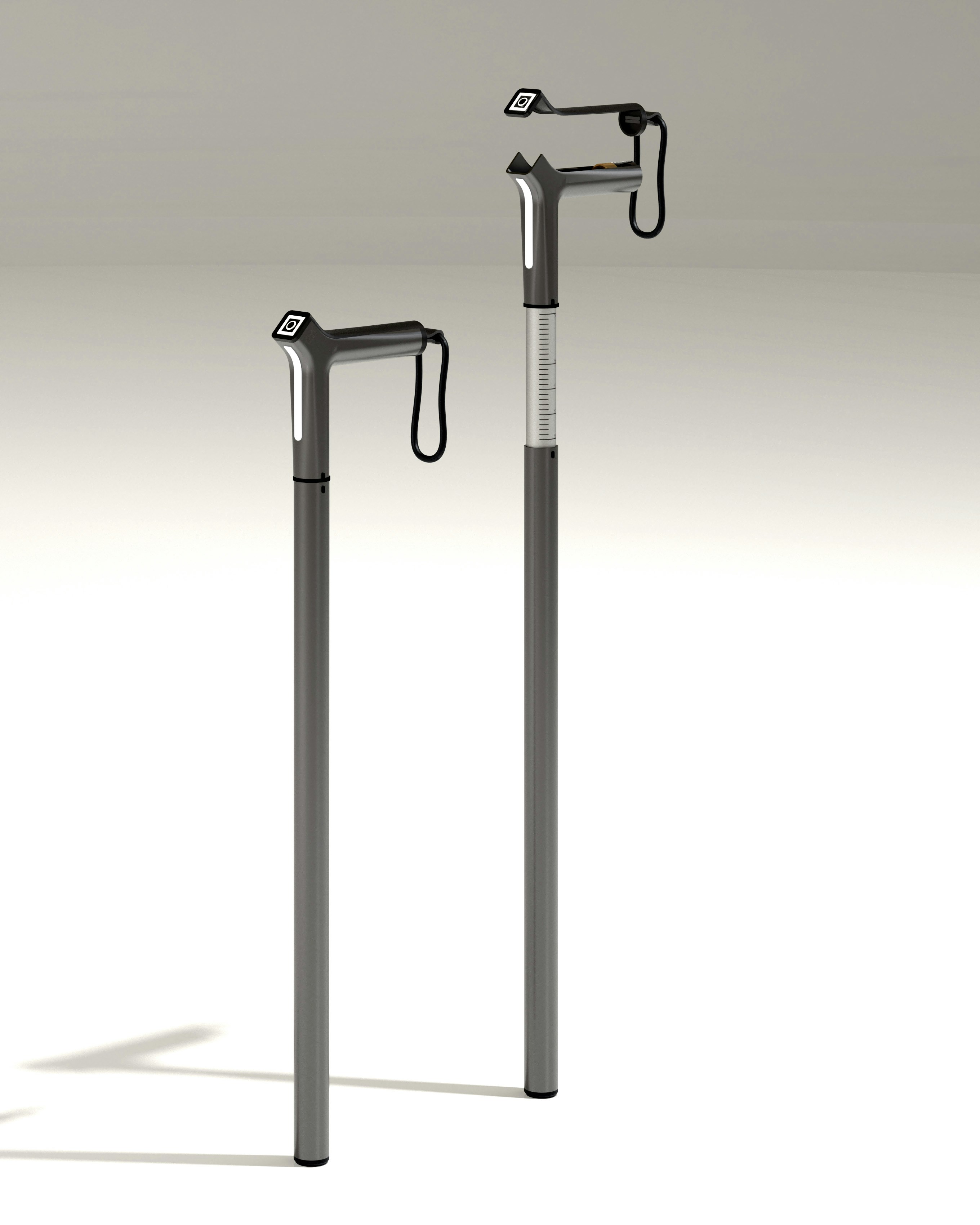
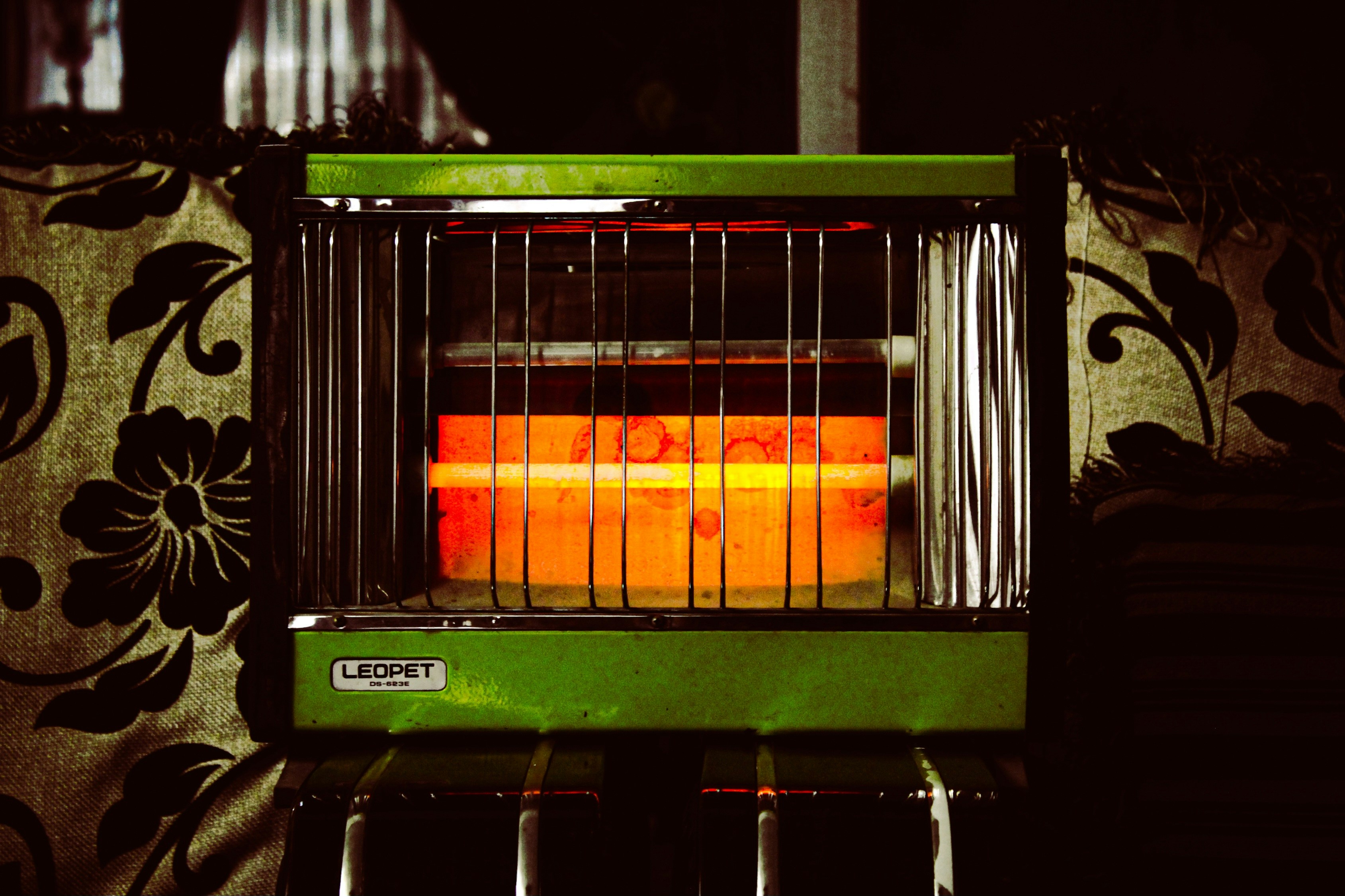
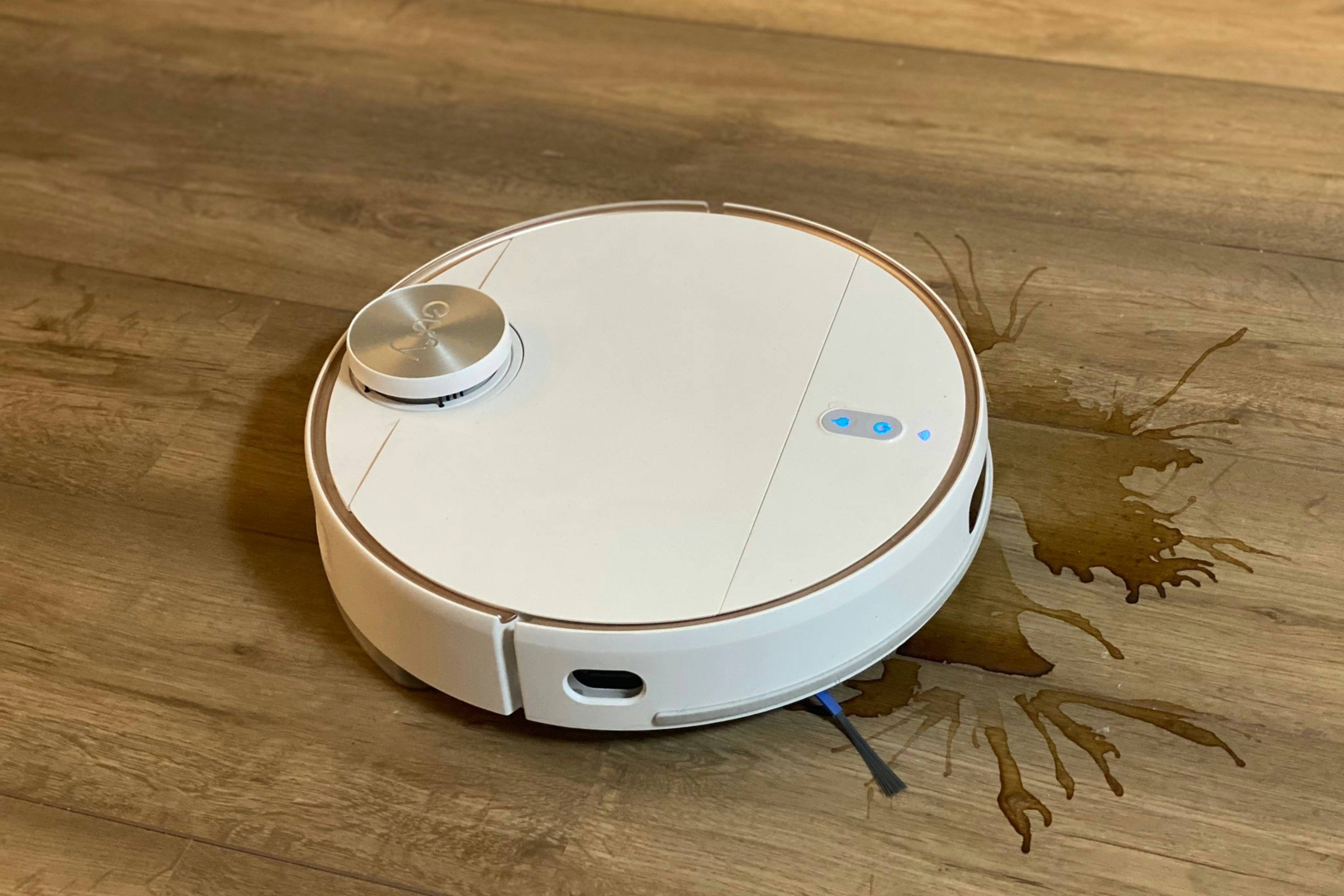

Encouraging Healthy Eating Habits in Toddlers
[…] Create a pleasant and relaxed environment during mealtimes. Avoid distractions such as television or electronic devices and focus on fostering positive interactions. Engage your toddler in conversation, encourage them to try new foods, and praise their efforts. Make mealtime a time for bonding and connection with your child. […]